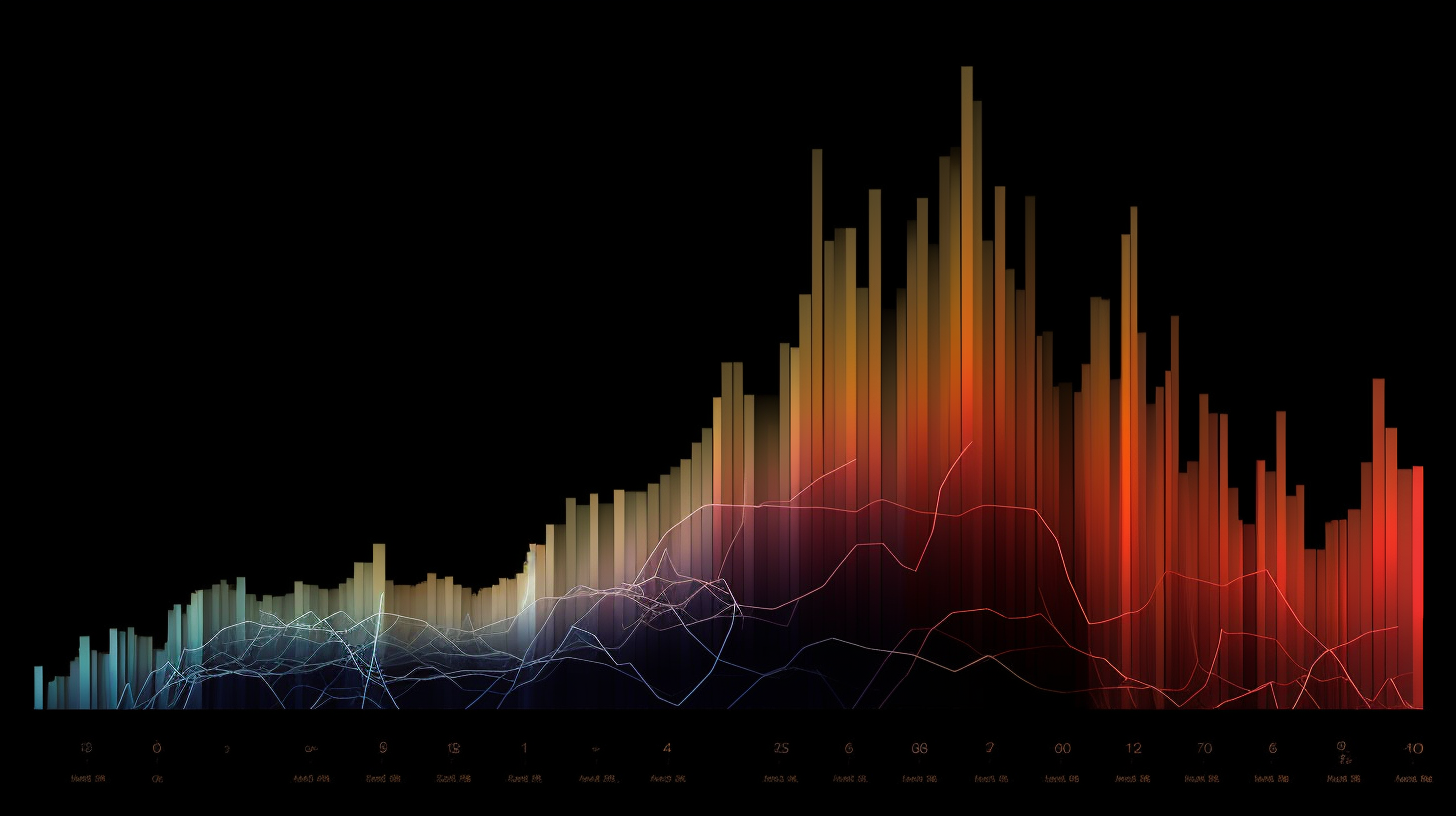In the realm of data science, comprehending the intricacies of statistics is essential to accurately interpreting and conveying findings. One particularly challenging aspect for data scientists is navigating statistical paradoxes – situations where the interpretation of the data appears to contradict common sense or expectations. Here, we delve into five statistical paradoxes that every data scientist should be aware of, complete with specific examples and in-depth explanations of their significance.
1. Simpson’s Paradox
This anomaly arises when there is a trend in different groups of data, which disappears or even reverses when the groups are combined. For instance, imagine that a pharmaceutical company conducts a study comparing the efficacy of two drugs, A and B, in treating a specific condition. While Drug A seems notably more effective in both genders, upon collating the data, Drug B appears to be more effective overall. This paradox may result from groups of varying sizes or confounding variables that affect the results. To avoid falling prey to Simpson’s Paradox, it is imperative to meticulously consider the size and composition of each group in question.
2. The Ecological Fallacy
This anomaly crops up when conclusions are drawn concerning individuals based on group-level data. For example, if a study finds that residents of neighborhoods with high levels of air pollution have a higher risk of respiratory diseases, it may not be accurate to infer that any individual living in that locality has a higher risk. The individual may have distinctive behaviors or exposures that impact their risk. To resolve the Ecological Fallacy, it is necessary to take individual-level data into account and steer clear of drawing conclusions that do not have ample evidence to back them up.
3. The Berkson’s Paradox
This anomaly arises when the correlation between two variables is weaker amongst a population than it is in subgroups of that population. For instance, suppose a study discovers a negative correlation between income and obesity in the general population. However, if the study is narrowed down to people who are already obese, there may be no correlation between income and obesity. This paradox may arise when subgroups of the population have different variable distributions. The key to avoiding Berkson’s Paradox is taking care to consider the composition of the population being examined and ensuring that any subgroups are representative of the larger population.
4. The Regression to the Mean
This anomaly arises when extreme values in a data set tend to be followed by values that are closer to the mean. For example, if a football player has an exceptionally good game, it is unlikely that they will perform as well in the next game. This may lead to the incorrect assumption that the coach’s criticism or praise had an impact on the player’s performance when, in reality, it was only statistical regression to the mean. To avoid falling victim to the Regression to the Mean, it is crucial to meticulously consider the context of any extreme values and not to draw conclusions solely based on those values.
5. The Gambler’s Fallacy
This paradox arises when individuals believe that random events are influenced by prior events. For example, if a roulette wheel lands on red five times in a row, some people may believe that black is “due” to come up next. In reality, each spin of the wheel is independent and has no effect on the outcome of the next spin. This may lead to incorrect presumptions regarding the likelihood of future events. To avoid the Gambler’s Fallacy, it is essential to meticulously consider the independence of any random events and not make assumptions based on previous outcomes.
By comprehending these statistical paradoxes and learning how to avoid them, data scientists can enhance the accuracy and reliability of their analyses. While statistical paradoxes may be convoluted and multifaceted, a conscientious consideration of the available data and a keen attention to detail can help ensure that conclusions are based on sound reasoning and evidence.






